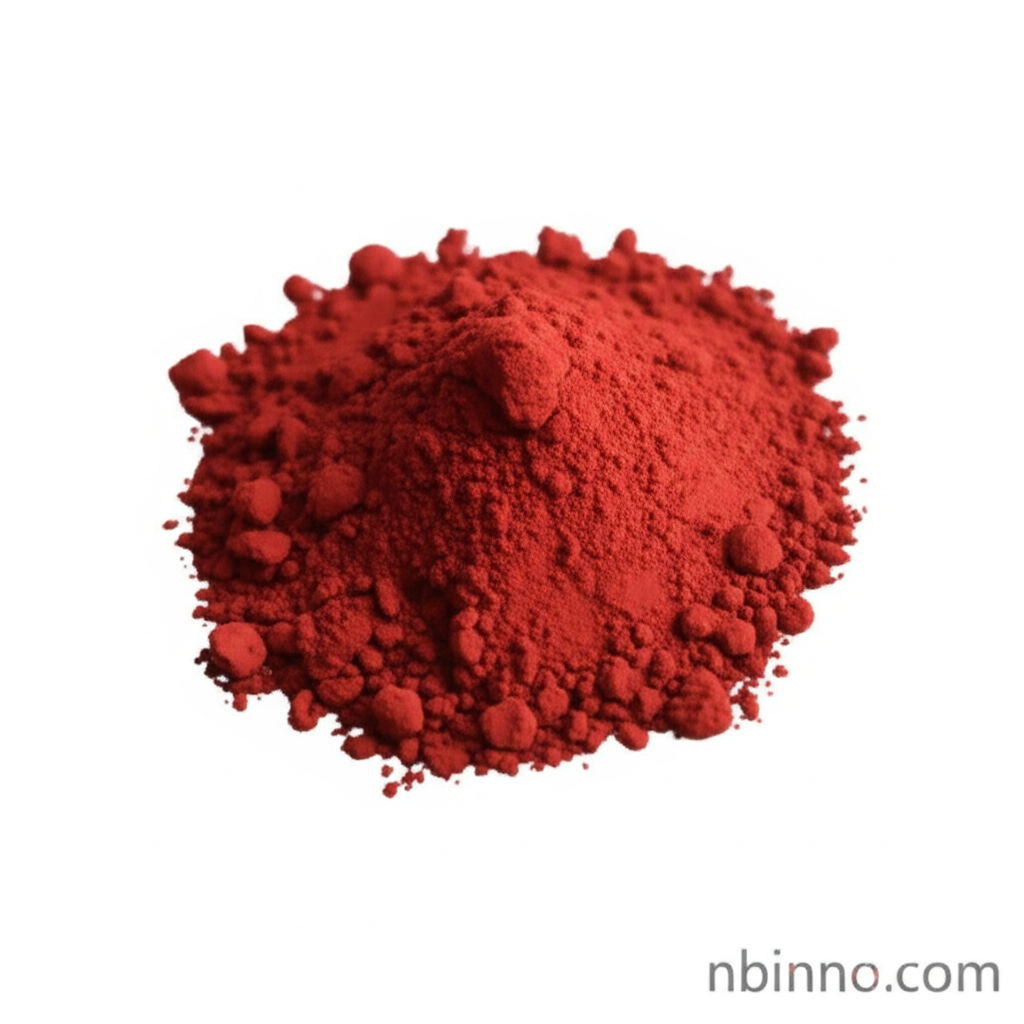Tetrachloro-o-benzoquinone (CAS 2435-53-2): A Key Component in OLED Chemical Synthesis
Exploring the properties and applications of Tetrachloro-o-benzoquinone for advanced electronic materials.
Get a Quote & SampleProduct Core Value

Tetrachloro-o-benzoquinone
Tetrachloro-o-benzoquinone, identified by CAS number 2435-53-2, is a vital chemical compound predominantly used as a synthesis intermediate. Its application extends across various fields, particularly in the development of OLED materials and in organic synthesis for creating antibacterial agents and charge-transfer complexes.
- This CAS 2435-53-2 OLED chemical is essential for creating specialized organic compounds, enabling advancements in electronic materials.
- We offer high purity Tetrachloro-o-benzoquinone with a purity of 99%, ensuring optimal performance in sensitive chemical processes.
- Sourcing Tetrachloro-o-benzoquinone involves reliable manufacturers, guaranteeing consistent quality and supply for your research and production needs.
- The Bordeaux fine crystalline powder form of o-chloranil is ideal for precise chemical reactions and ease of handling in laboratory settings.
Key Advantages
Purity and Consistency
Benefit from the 99% purity of Tetrachloro-o-benzoquinone, crucial for achieving reliable results in advanced electronic chemical synthesis.
Versatile Application as Intermediate
Leverage its role as a key chemical intermediate for creating specialized compounds, including those used in pharmaceutical and material science research.
Global Supply Chain Access
Access Tetrachloro-o-benzoquinone from various global suppliers, ensuring a stable and diverse sourcing strategy for your operational requirements.
Key Applications
OLED Material Development
Tetrachloro-o-benzoquinone serves as a critical building block in the synthesis of advanced materials for OLED displays and lighting technologies.
Organic Synthesis Reagent
Utilized in complex organic synthesis pathways to produce novel compounds with specific functionalities, contributing to chemical innovation.
Antibacterial Agent Precursor
Its use as a reagent in synthesizing triazolotriazines and triazolotriazepines highlights its importance in the development of new pharmaceuticals.
Charge-Transfer Complex Synthesis
Plays a role in creating nickel diimine catecholate charge-transfer complexes, important for various scientific research applications.
